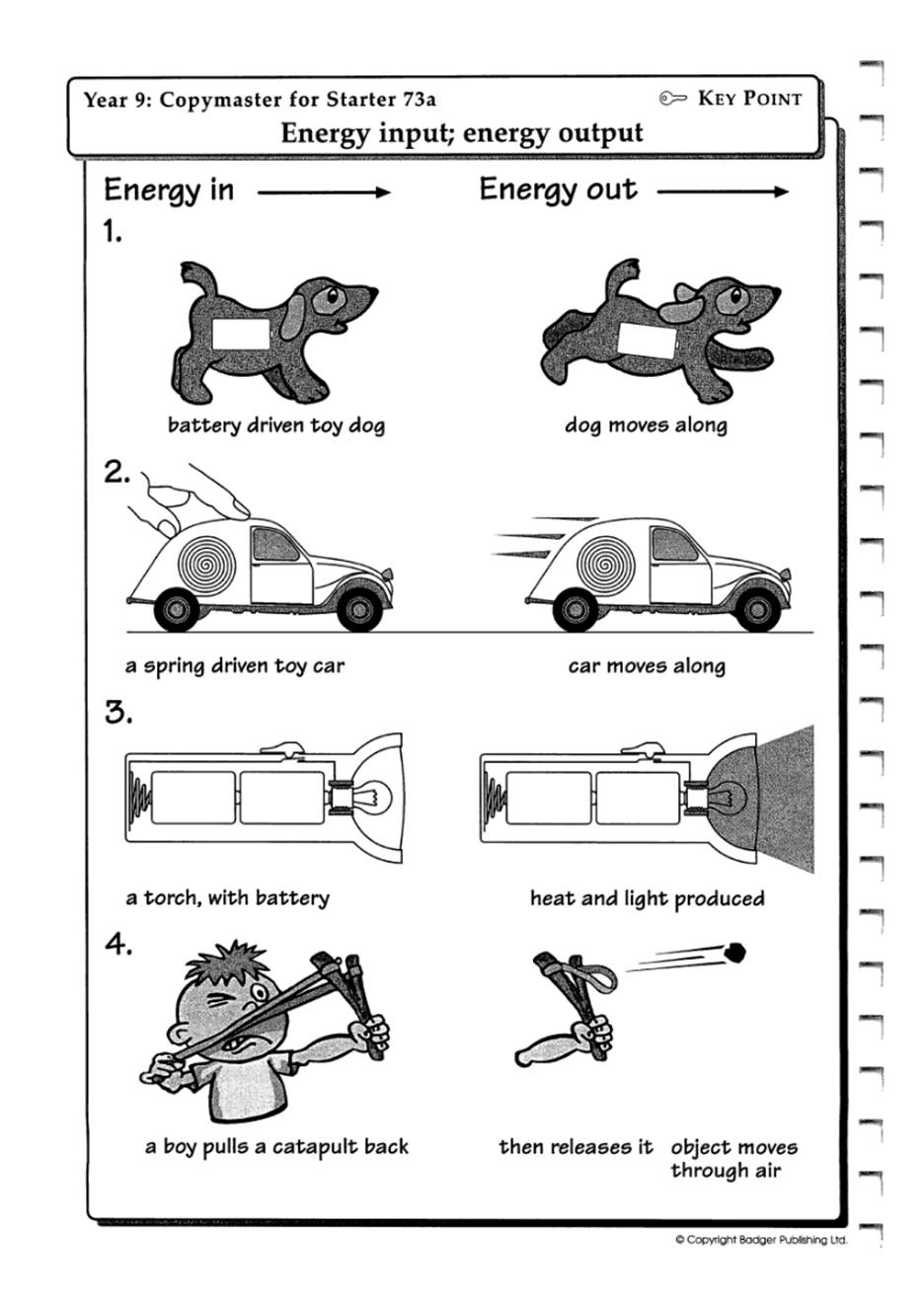Unlocking the Secrets of Chemical Reactions: Exploring Potential Energy Diagrams

Imagine a mountain climber ascending a steep peak. The higher they climb, the more potential energy they store, ready to be released as kinetic energy on their descent. This analogy, while simple, offers a glimpse into the power of potential energy diagrams in chemistry. These visual representations provide a crucial window into the energetic landscape of chemical reactions, allowing us to understand how reactants transform into products, navigating the peaks and valleys of energy changes along the way.
A potential energy diagram, sometimes referred to as a reaction progress diagram or a potential energy profile, charts the energy changes that occur during a chemical reaction. It plots the potential energy of the chemical system against the reaction coordinate, which represents the progress of the reaction from reactants to products. These diagrams are more than just lines on a graph; they are narratives of transformation, revealing the energetic story of how molecules interact and rearrange themselves.
The concept of potential energy diagrams emerged from the development of thermodynamics and chemical kinetics in the late 19th and early 20th centuries. Scientists like Svante Arrhenius, known for his work on reaction rates and the concept of activation energy, laid the groundwork for understanding the energetic aspects of chemical reactions. As our understanding of chemical bonding and molecular interactions deepened, the potential energy diagram became an indispensable tool for visualizing and interpreting these complex processes.
One of the main challenges in understanding chemical reactions lies in the invisible realm of molecular interactions. We cannot directly observe the breaking and forming of bonds, but potential energy diagrams offer a way to visualize these unseen events. They illuminate the crucial role of activation energy – the energy barrier that reactants must overcome to transform into products – and how catalysts can lower this barrier, accelerating the reaction.
A basic potential energy diagram for an exothermic reaction shows the reactants at a higher energy level than the products. The difference in energy between reactants and products represents the energy released during the reaction. The peak on the diagram corresponds to the transition state, a high-energy intermediate state that the reactants must pass through before forming products. The height of this peak represents the activation energy.
Interpreting a potential energy diagram allows us to glean valuable information about a reaction, including whether it is exothermic or endothermic, the magnitude of the activation energy, and the relative stability of reactants and products. This information is crucial for understanding reaction mechanisms, predicting reaction rates, and designing new catalysts.
Benefit 1: Visualizing Energy Changes
Benefit 2: Understanding Reaction Mechanisms
Benefit 3: Predicting Reaction Rates
Advantages and Disadvantages of Using Potential Energy Diagrams
| Advantages | Disadvantages |
|---|---|
| Visual representation of energy changes | Simplified representation of complex reactions |
| Insight into reaction mechanisms | Can be difficult to construct for complex reactions |
| Predictive power for reaction rates | Doesn't provide detailed information about individual molecular interactions |
FAQ 1: What is a potential energy diagram?
Answer:
FAQ 2: What is activation energy?
Answer:
(Repeat FAQ structure for at least 6 more questions)
Tips and Tricks: When interpreting potential energy diagrams, pay close attention to the relative heights of the reactants, products, and transition state. These heights reveal crucial information about the energy changes and the overall direction of the reaction.
In conclusion, potential energy diagrams are powerful tools for unraveling the mysteries of chemical reactions. They offer a visual language for understanding the energetic landscape of chemical transformations, from the initial reactants to the final products. These diagrams provide insights into reaction mechanisms, predict reaction rates, and guide the design of new catalysts. By mastering the art of interpreting these diagrams, we gain a deeper appreciation for the intricate dance of molecules and the forces that govern chemical change. As we continue to explore the complexities of the molecular world, potential energy diagrams will remain an essential tool for illuminating the path from reactants to products, offering a glimpse into the dynamic heart of chemical reactions. Embracing the power of these diagrams empowers us to understand, predict, and ultimately control the transformations that shape our world.
Unlocking the power your guide to lithium ion battery discharge
Worthington slim leg pants a modern wardrobe essential
Unlocking the potential of behr silver mine your guide to a stunning metallic finish













